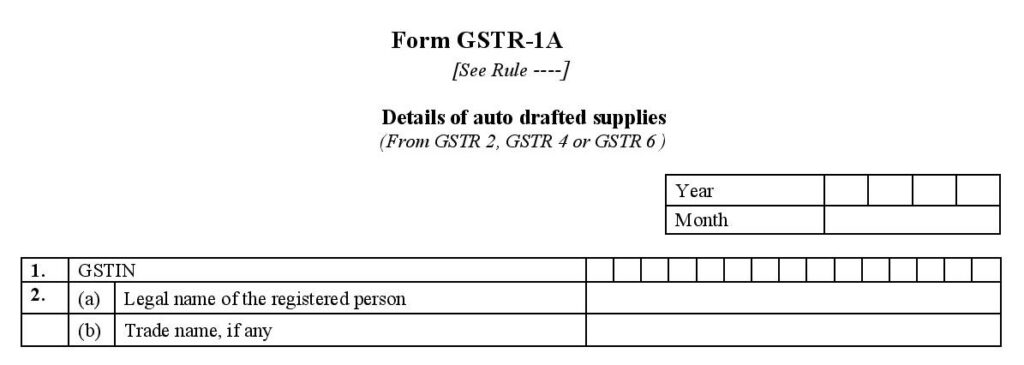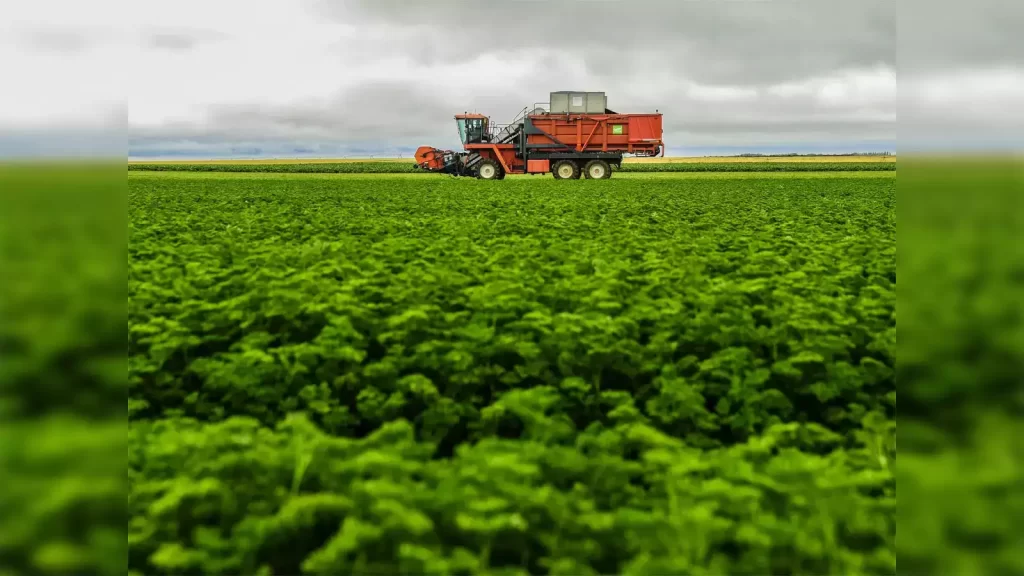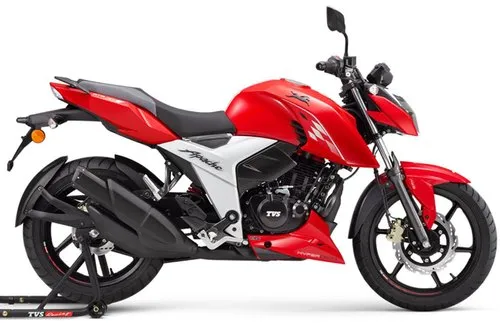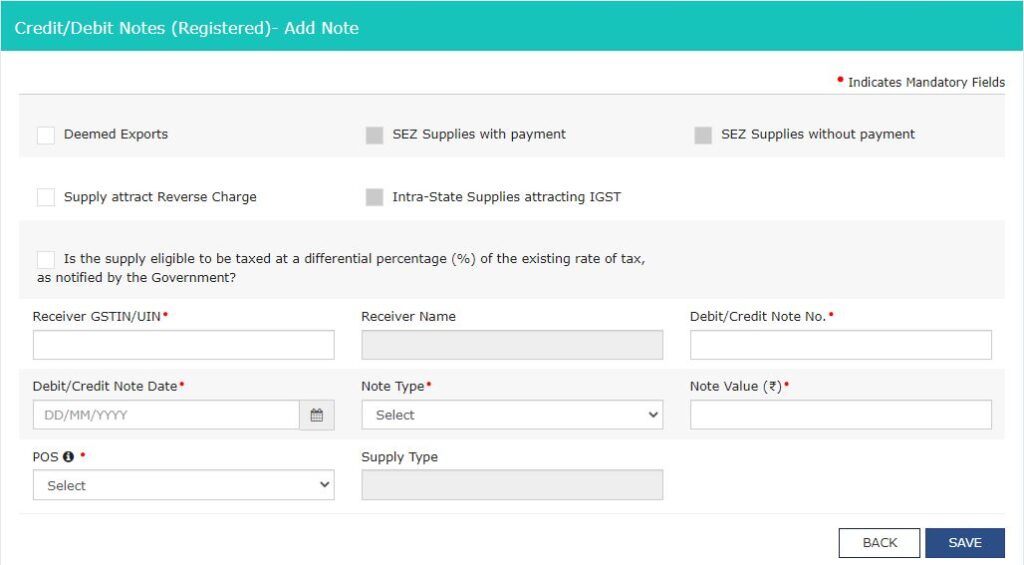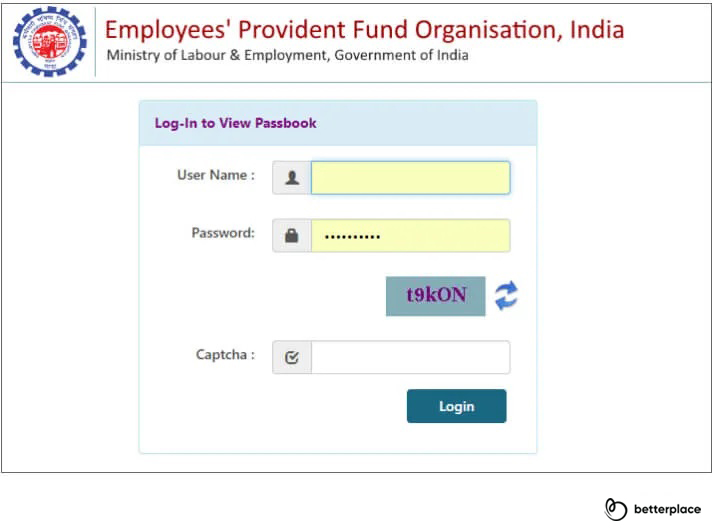Agriculture Census is conducted every 5 years, which is being undertaken now after delay due to the Covid – 19 Pandemic. Entire Census operation is conducted in three phases and operational holding is taken as a statistical unit at micro level for data collection. Based on the agriculture census data collected in three phases, the Department brings out three detailed reports analyzing trends on various parameters at All India and States/UTs level. District/Tehsil level reports are prepared by the respective States/UTs. Agricultural Census is the main source of information on a variety of agricultural parameters at a relatively minute level, such as the number and area of operational holdings, their size, class-wise distribution, land use, tenancy and cropping pattern, etc This scheme has seven components, which are: Agriculture Census Situation Assessment Survey of Farmers Studying the Cost of Cultivation of Principal Crops Agro-Economic Research Centres Scheme of Planning, Management and Policy Formulation Improvement of Agricultural Statistics Forecasting Agricultural Outputs Agriculture Census Agriculture Census has various characteristics such as operational holdings, cropping pattern, irrigation status, tenancy particulars and terms of leasing. This information is recorded in the form of a tabulation in various categories such as the size of the classes, Social groups, Gender. This information is essential for the planning towards development, establishment of national priorities etc. Features that are Required The Agriculture Census is done with operational holding, and the unit is chosen to be as operational holding since it is the unit of decision making for agricultural development programs. An Operational Holding is a land that is entirely or partially utilised to produce agricultural products which are operated by one person or with others without any recognised titles, legal form etc. The Operational Holdings involves only those lands operating for agricultural purposes and not the lands that are being utilised only for the livestock, fishing and poultry purposes. In India, the Agricultural Census is conducted periodically with a frequency of once in Five Years. The period of conducting the Agricultural Census is from July to June, which is considered as the agriculture year. Objectives of Agriculture Census Describing the structure and characteristics of agriculture providing statistical data on operational holdings, operated area, land utilisation, live-stock, agri-machinery, use of fertilisers, etc. Providing benchmark data needed for formulating new agricultural development programmes and for evaluating their progress. Providing a basic framework of operational holdings and its characteristics for carrying out future agriculture surveys. To lay the basis for developing an integrated program for current agricultural statistics. Planning for Implementation The Government of India plays the role of coordination and planning of the activities of the Agriculture Census, and the Execution work is carried out by the State officials who assure the quality of data. Head of Agriculture Census Division is the Agriculture Census Commissioner of India who is the overall in charge, and each state has a nucleus unit of staff who organise and check over the work of Agriculture census. These nucleus unit of Staffs are under the guidance of a senior State officer The different activities of the Census are watched over by a State Level Coordination Committee (SLCC). Steering Committee The Steering committee plays a major role in monitoring the progress of the schemes in various states, and it also does the work of rectifying any technical issues to carry out the Census from time to time. This committee comprises of representatives from different stakeholders which is constituted at the Central Ministry of Agriculture. Roles of Steering Committee To advise on the Survey techniques and the administrative issues To carry out any Modifications in scheduling the data collection To find out the linkages with other Censuses Sampling of the design Computerised Data After the fieldwork is over, the data which is filled in are filtered and processed for result generating. After the data is entered, the database must be completely validated and checked for errors and are rectified by the concerned States. Regional meetings of States are organised for providing with results. This final data will be taken for approval by the State Government. Agencies to Process Data The Department of Agriculture and Cooperation (DAC) gets an agency to be engaged for providing timely and efficient processing of the Agriculture census data. These agencies follow an appropriate mechanism to process the data. Final Reports There are three reports to be brought out, which has the agriculture census data: All India report on the number and the overall area of operational holdings All India report on Agriculture Census data which has all the farm characteristics All India report on Surveys on Input The system is monitored on monthly and quarterly and annual reports on both physical and financial progress of the data. Financial Assistance The Census scheme functions in all the States and Union Territories. All the funds required for doing the work will be provided by the Department of Agriculture and Cooperation (DAC) every quarter. The funds provided for the components are: Salary Travel expenses–For staff travelling for meetings, conferences, training Office expenses–for all the office expenses like stationery, equipment, hiring vehicles, temporary staff, etc. Tabulation–Expenses for data entry, validation, error correction, etc. Printing of Schedules and instruction–Printing the approved schedules for data collection Honorarium–payment for an honorarium for all three phases Steps of Data Collection Phase–1 Size class–Marginal, Small, Semi-medium, Medium, Large Social Groups–Scheduled Caste, Scheduled Tribes, Others Gender–Male/Female Holding Types–Individual, Joint, Institutional Phase–2 In this phase, 20% of the villages are chosen specifically and is canvassed for holding schedule which is done in each tehsil to collect data such as: Irrigation status Tenancy particulars Cropping patterns Dispersal of Holdings Phase–3 This phase of the Agricultural Census is referred to as the input survey. In this phase, 7% of villages are chosen in tehsil, and an estimate is prepared for the Input characteristics at District/State/National levels. There are various data collected during the input survey, which are: Pattern of Input–Fertilizer, Irrigation, Seed, Pest Management Agriculture credits Size of the household Age of the holders Educational level of the holders Multiple cropping Size group of holders FAQs What is the Agriculture Census Scheme? The
